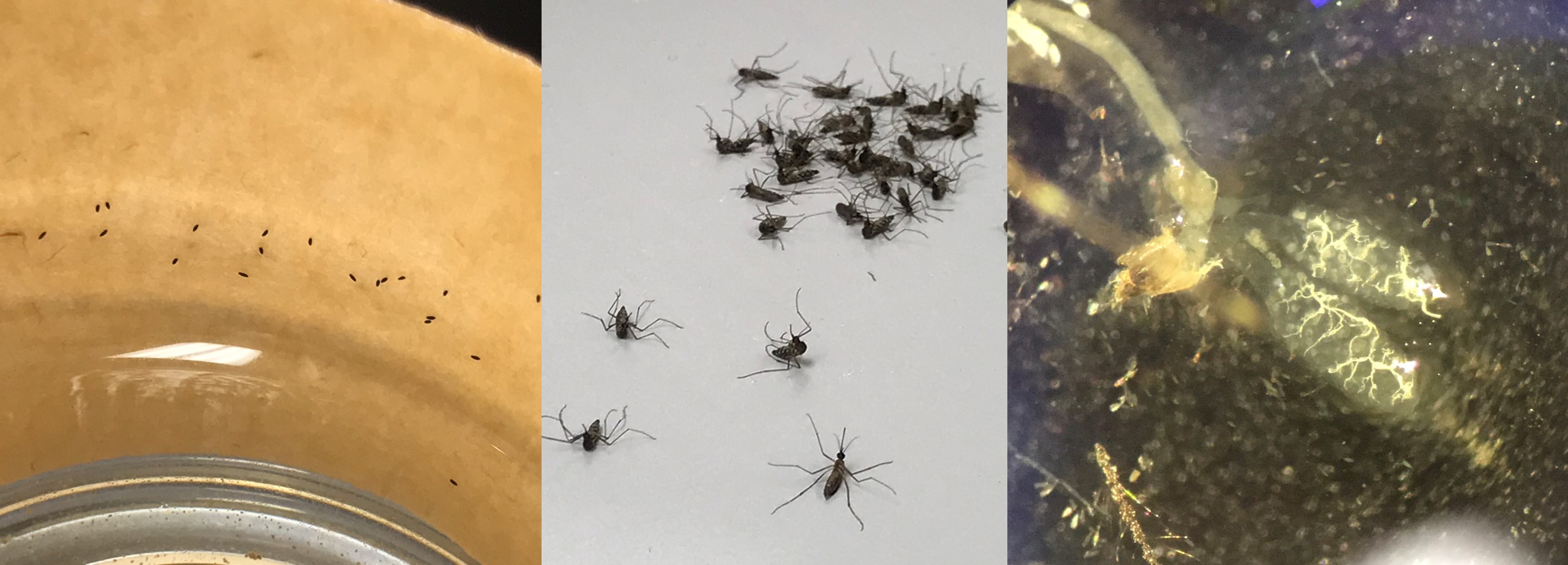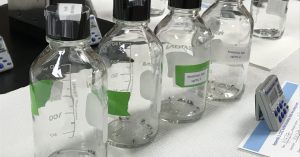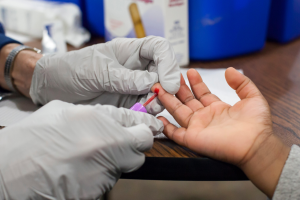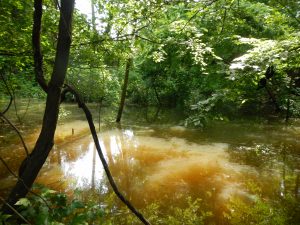Rhyne MN* and Richards SL (2020). Impact of the Insect Growth Regulator Pyriproxyfen on Immature Development, Fecundity, and Fertility of Aedes albopictus. Journal of the American Mosquito Control Association 36(1): 11-15. doi:10.2987/19-6893.1
Abstract
Aedes albopictus is a vector of several arboviruses; however, control of this day-active species is difficult with ultra-low-volume insecticide treatments applied at dusk/dawn periods. In the current laboratory study, blood-fed Ae. albopictus were exposed to Archer® (insect growth regulator AI: pyriproxyfen) residue in glass bottles (to approximate barrier treatment) and allowed to oviposit. Control mosquitoes were exposed to clean bottles. To evaluate potential dilution effects of water volume, mosquitoes were allowed to oviposit in (relatively) small (59 ml water) or large (177 ml water) containers. The extent to which fecundity (number of eggs laid), fertility rate (number of larvae hatched/number of eggs laid × 100), and emergence rate (number of adults emerged/number of larvae hatched × 100) differed between groups was characterized. In the control group, 18–21 (82–95%) mosquitoes laid eggs, while only 10–11 (45–50%) of mosquitoes in the pyriproxyfen group laid eggs. These sample sizes should be considered when comparing results to other studies. Significantly lower (P = 0.0008) fecundity was observed in mosquitoes exposed to pyriproxyfen (mean ± SE) (small container: 25.2 ± 7.1, large container: 24.3 ± 7.1) compared to control mosquitoes (small container: 49.2 ± 7.8, large container: 52.7 ± 5.2). Regardless of treatment, no significant differences in fecundity were observed between mosquitoes allowed to oviposit in different-sized containers. Hatch rate was significantly lower in the pyriproxyfen group and was impacted by container size (P = 0.032) and treatment (P < 0.0001) (large, control: 61.9% ± 7.8; small, control: 38.0% ± 7.1; large, treated: 10.3% ± 2.4; small, treated: 2.9% ± 1.9). Adult emergence rates were not significantly impacted by treatment or container size. Pyriproxyfen applied as a barrier treatment may be an effective tool for controlling Ae. albopictus.
*Megan Rhyne is an alumna of the ECU MS Environmental Health Program.




